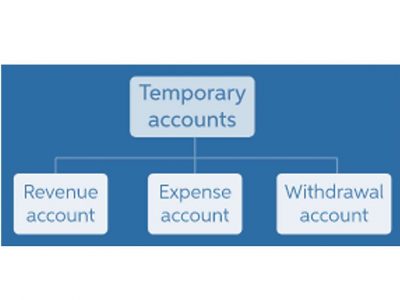Multi-Step Income Statement An In-Depth Financial Reporting Guide

The gross profit and the operating profit figures are calculated in the operating section of a multi-step income statement. The operating expenses are sub-classified into cost of goods sold, selling expenses and administrative expenses. A Multi-Step Income Statement is a detailed financial document that segregates a company’s revenues and expenses into multiple categories, providing a more intricate view of its financial performance. This delineation offers a clearer picture of a company’s primary profit-generating activities, helping investors, analysts, and management to make more informed decisions. The multi-step income statement shows important relationships that help in analyzing how well the company is performing.
Importance of Multi Step Income Statement

We then calculate the income before income taxes, which summarizes the total income before tax obligations are deducted. This guide will lead you through each step, providing clarity and illustrative examples for a comprehensive understanding. Given its higher level of information content, the multi-step format is usually preferred over the single step format (which does not incorporate sub-totals and so can be more difficult to read). By using this template, users could understand whether the entity could generate profit from operating activities or not.

How do you calculate gross profit in a multi-step income statement?
- For example, template sections may include gross profit, operating income, income from continuing operations, and net income.
- This is the amount of money the company made from selling its products after all operating expenses have been paid.
- Finance and accounting professionals will also use the multi-step income statement to compare between companies, as it allows for comparisons for the gross profit margin or the operating profit margin.
- Net profit margin indicates the percentage of revenue that remains as profit after all expenses, including taxes, have been deducted.
- The users will know the profit earned from the primary activities of buying and selling goods and how it differs from the non-operating activities.
Once the non-operating section is totaled, it is subtracted from or added to the income from operations to compute the net income for the period. It is good to know that non-operating activities are activities that are adjusting entries not related to the entity’s main operation. Other items that normally include the other income include the income that the entity generates from sales of fixed assets or other one-off income-generating activities. Other income, non-operating income, or other income might imply the same kind of income that the entity is generating from its main operation. This template simply separates the entity’s operating activities and non-operating activities’ financial terms. Income tax expense is the amount of tax the company owes to the government based on its taxable income.
Add Operating Expenses
The non-operating and the other head list all kinds of business incomes and expenses unrelated to a business’s principal activities. For instance, a retailer is not into the insurance business, and a car hits their store. The insurance company paid an amount out of the settlement so that proceeds received from the insurance company will not be considered in total sales; rather, it will be a non-operating income. Net Income can be calculated by adding or subtracting the various non-operating expenses from operating profit. On this multi-step income statement, there is interest expense, interest income, a non-operating gain, and income tax expense. You should add the interest income and non-operating gain and subtract the interest expense and income tax expense from operating profit.
The Financial Modeling Certification
The expenses that are normally recorded in the operating section include salary expenses, cost of sales, advertising expenses, sales expenses, administrative expenses, as well as office supplies expenses. The three key measures of profit in a multi-step statement are gross profit or gross income, operating profit or operating income, and net income, also referred to as profit, earnings, or the bottom line. A related measure called earnings before interest and taxes, or EBIT, appears on some statements, allowing comparison of profitability among companies, some of which may have debt interest expenses while others may not. Preparing the multi-step income statement is beneficial for medium to big corporations to keep track of their income. As the revenue and expenses are segregated into operating and non-operating accounts, it provides greater insight into the company’s financial performance.

While detail can be beneficial, there’s a risk of getting bogged down in the minutiae. Too much https://www.bookstime.com/articles/plant-assets focus on the many categories might lead to overlooking broader trends or overarching business strategies. Get instant access to video lessons taught by experienced investment bankers. Learn financial statement modeling, DCF, M&A, LBO, Comps and Excel shortcuts.

Main Purposes of Financial Statements (Explained)
Examples include payroll multistep income statement example for employees, rent, utilities, advertising, and general administrative expenses. These expenses are deducted from gross profit to determine income from operations, which reflects the profitability of the company’s core business activities. The multi-step income statement details the gains or losses of a business, in a specific reporting period. Its format separates a company’s operating revenue and operating expenses from its non-operating revenue and non-operating expenses. A single-step income statement offers a simple report of a business’s profit, using a single equation to calculate net income.

Leave a Reply